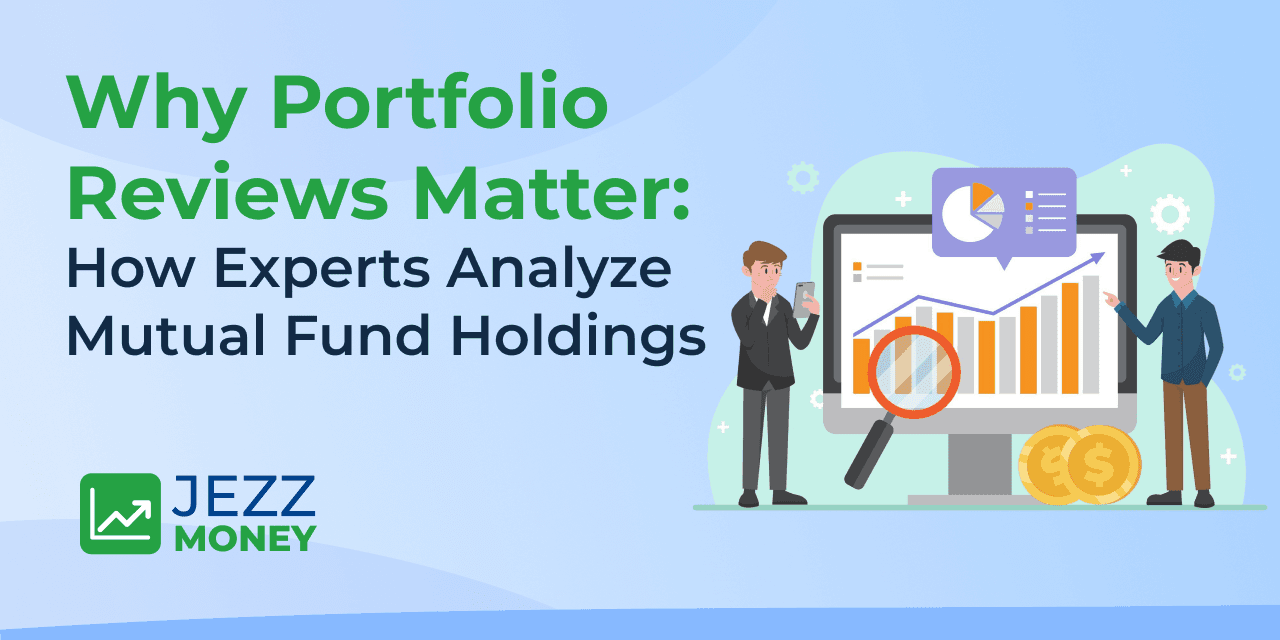A professional review goes far beyond checking annual returns. Experts rely on a mix of quantitative and qualitative factors to judge whether a mutual fund deserves a place in your portfolio. Here are the key aspects they examine:
1. Performance vs. Benchmark & Peers
Experts do not base their decisions solely on a fund's absolute returns. Instead, they look at a fund's performance against both its benchmark index and other funds in the same category. This is where the question arises as to whether the fund manager is truly creating value or merely benefiting from the market's upward trend.
2. Expense Ratio and Fund Management Quality
An account with a high expense ratio can substantially lose value over time. Financial experts check if the returns are sufficient to cover the costs. They also assess the fund manager's past performance, thought process, and market cycle working style.
3. Portfolio Concentration and Diversification
A portfolio that is too concentrated in a few stocks may miss out on the opportunity to make a massive profit during a market rally. Still, it may also cause the investor to lose substantial amounts of money during declining phases. The fund must always undergo a thorough review of its sector, industry, and security mix to minimize risk.
4. Risk Metrics
Experts use advanced tools to measure risk-adjusted performance:
- Volatility: How much the fund's returns fluctuate.
- Beta: The fund's sensitivity to market movements.
- Sharpe Ratio: How much return the fund generates per unit of risk taken.
These indicators help determine whether a fund is delivering efficient returns in relation to the risks involved.
5. Consistency Over Time
Short-term outperformance can be misleading. Professionals prefer funds that deliver steady returns across different market conditions rather than "one-hit wonders."
6. Tools and Techniques Professionals Use
Experts rely on portfolio analytics software, fund fact sheets, research reports, and risk-analysis models to gain deeper insights. They often use rolling returns, alpha analysis, and style mapping to evaluate the sustainability of their performance.
By combining these factors, experts can distinguish between firm funds and those that only appear attractive on the surface, enabling investors to build a portfolio that is both resilient and rewarding.
